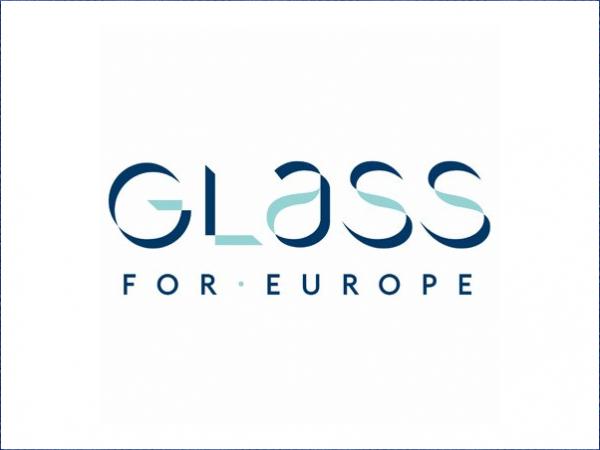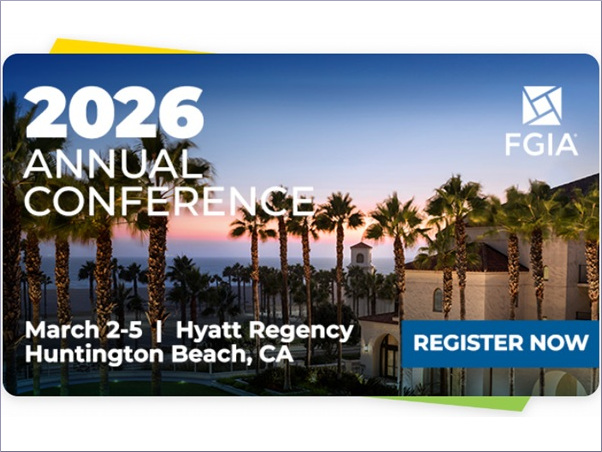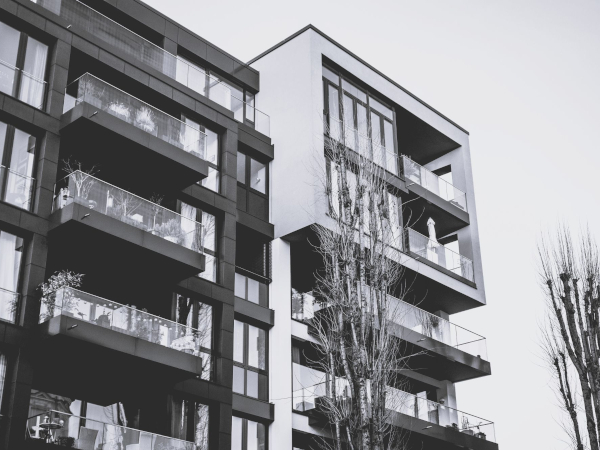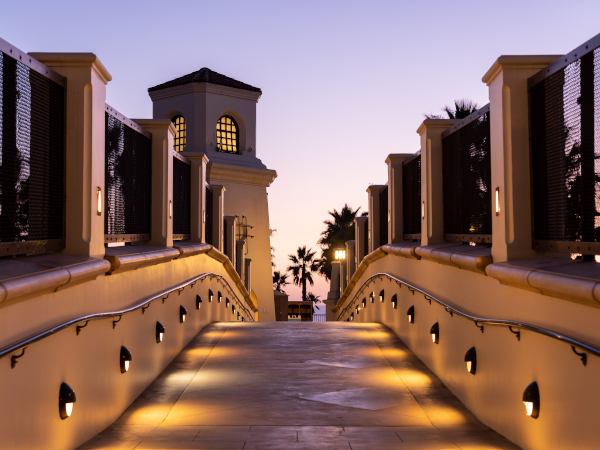
Date: 24 August 2020
The Construction Products Regulation (CPR)[1] may have deficiencies that need to be addressed yet it needs to be preserved and reinforced. With its preceding directive, it laid down the foundations of the single market in construction products.
It is Glass for Europe’s belief that the time has come to complete the single market, improve its functioning, and adapt it to be an effective driver of sustainability in the building sector.
Based on the building glass industry’s experience and involvement in the development of new and revised standards for ‘glass in buildings’, Glass for Europe provided comprehensive input to the European Commission’s consultation in August 2020[2]. This position paper aims to contextualize the flat glass industry’s input and to identify four success factors for a future revision of the CPR:
- Reinforce the CPR’s single market principles and stay away from a renationalisation of standardisation procedures.
- Maintain the European Committee for Standardisation (CEN) as the hub for the development of harmonised standards and improve guidance.
- Simplify burdensome procedures with limited added value.
- Utilize the CPR as a driver of sustainability in the construction sector.
1. Reinforce the CPR’s single market principles and stay away from a renationalisation of standardisation procedures
Uniform rules for the CE marking of construction products are essential to safeguard a properly functioning single market. Experience and evidence in other industrial sectors have shown how mutual recognition schemes generate useless complexity and additional costs while national so-called ‘voluntary’ schemes are sometimes used as barriers to trade within the single market. Glass for Europe is therefore strongly opposed to a repeal of the Construction Products Regulation and its replacement by a Mutual Recognition Scheme, presented as option E in the consultation document.
In the same spirit, option C of a ‘refocused CPR’ is opposed by Glass for Europe. This option would essentially weaken the single market by way of reduced harmonisation coupled with Member States’ additional requirements that would fragment markets in Europe.
More generally, Glass for Europe is concerned by several suggestions made throughout all options that would directly or indirectly weaken the credibility of CE marking and the standardisation process. For instance, Glass for Europe opposes alternative routes to obtain the mark be they national or based on ‘manufacturers’ claims’, preliminary CE-marking by manufacturers while a standard is not yet published, etc. Exemptions from CE marking, for example for SMEs, need to remain strictly limited and justified.
On the contrary, Glass for Europe is of the view that the uniform route to CE mark products by way of a declaration of performances (DoP) according to European harmonised standards (hENs) needs strengthening. It is however essential that market surveillance is seriously ramped up to check effective product compliance with the standards, test methods and tolerances. Too often, controls are limited to mere formal / paperwork compliance.
2. Maintain the European Committee for Standardisation as the hub for the development of harmonised standards and improve guidance
Glass for Europe believes that the current architecture for standards development is fit for purpose. Because of the complexity and technicality of the myriad of construction products, the involvement of experts by way of technical committees of the European Committee for Standardisation (CEN) is essential and needs to be nurtured. At the same time, hENs bear regulatory value. Today’s system does provide for the necessary support as well as scrutiny and input by national mirror groups thanks to enquiry and formal votes. The legal support and backing are provided by HAS consultants and the European Commission services which are ultimately in charge of accepting or not the citation of new or revised hENs. Glass for Europe is therefore largely opposed to Option D2 of the consultation document.
Complexities in the system and overly lengthy procedures have been observed, including for the development of ‘glass in buildings’ standards. From our industry’s experience, three main difficulties have been encountered:
- A lack of guidance from European authorities on the content, vocabulary and structure expected from new and revised standards,
- The lengthy post-publication but prior-citation regulatory check by the European Commission
- Subsequent burdensome procedures.
These deficiencies can be overcome by way of improved guidance from the European Commission, which would render the work of CEN TC experts more efficient. In this regard, Glass for Europe calls on the European Commission to endorse a common template, such as that proposed by the JIS action 5. It should also be ensured that the CEN technical committees are timely notified of any changes or updates This would improve the quality of proposed hENs and make the European Commission’s legal check easier for a faster citation of standards.
Glass for Europe is also of the view that the HAS consultants’ and the European Commission’s legal checks prior to citation in the official journal should take place ahead of publication of the standard by CEN to avoid confusion on the market when corrections need to take place.
The current system can also be improved on other items and, for instance, Glass for Europe calls on EU authorities to speed up the establishment of delegated acts for new classes, thresholds, and new characteristics related to existing Basic Requirements for Construction Works (BRCWs), particularly BRCWs 3 and 7. In the meantime, the procedure of answers to the Mandate should remain valid and continue to apply so that standards can be updated.
3. Simplify burdensome procedures with limited added value
While some improvements to the current system may be achieved thanks to improved guidance, Glass for Europe is of the opinion that a revision of the CPR would be needed to revisit certain clauses and simplify certain provisions. In this regard, Glass for Europe supports many suggestions contained under Option B ‘Repairing the CPR’ put forward in the consultation document.
Specifically, the following should be envisaged:
- A revision of article 9.2 should allow for a lighter CE label that does not duplicate the information already contained in the DoP. For certain products, duplicating all DoP information on the CE label is of no added value since this information is needed neither in shops nor on construction sites. Glass for Europe calls for a revision of article 9.2 so that the mandatory information to be given in the CE-label can be set by families of products, in collaboration with the relevant CEN technical committee. Digital tools such as QR codes can be incorporated on the label to easily retrieve the DoP.
- The simplified procedure put in place by article 37 for micro-enterprises is useless since these companies do not have the skills nor the equipment to carry the required tests themselves or to justify the use of another test method. This article should be deleted, and all standards should favour less onerous although reliable methods as well as tabulated values when relevant.
- Both articles 38 and 5a on rules applicable to ‘small series’ are ineffective in practice. Conditions are almost impossible to apply in many families of products. The CEN technical committee should be allowed to define the concept of small series for its family of products, when appropriate, and to include this definition in the relevant hEN.
- The rules for setting new classes and thresholds or for modifying them shall be clarified and the procedure simplified. If “pass/failed” cannot be used anymore, alternative terms (e.g. “confirmed”, “compliant”…) shall be agreed upon and communicated to the TCs, particularly when the declaration of a specific value is technically not grounded nor possible. The reintroduction of the concept of “conformity” may also help solving this issue.
- In annex V, notified bodies are mandated to determine the product-type based on type calculation and tabulated values, among other methods. It should be allowed that when an EN standard providing a calculation method is published, the notified body’s task is reduced to the validation of this calculation method. In the case of tabulated values provided in the standard, the notified body should not determine it again.
Apparent simplification should not indirectly contribute to market segmentation. For instance, Glass for Europe is opposed to the idea of reducing or lifting Assessment and Verification of Constancy of Performance (AVCP) obligations in case of coverage by liability insurance. Because of the inevitable danger that some producer’s commitment wanes over time, insurance companies will turn to private, national certification schemes for additional assurance. These would then multiply and suppress all benefits of the single market.
4. Utilize the CPR as a driver of sustainability in the construction sector
Glass for Europe is a strong supporter of a massive shift in the construction sector to evolve towards greater sustainability and the achievements of the ‘New Green Deal’. The building glass sector, thanks to its recyclable products that offer massive energy and CO2 savings over their lifetimes is committed to further reducing all impacts of its activity[3].
Glass for Europe is supportive of the introduction of mandatory minimum requirements for construction products per type of product to protect consumers, to safeguard the environment and to enhance safety. Yet, a product CE mark cannot be a guarantee that the product is compliant with the national regulation of any given EU country. Regulations on the energy performance of buildings and safety for example, are of national competence. CE marking can ensure conformity with the declared performances only.
Glass for Europe calls for the EN 15804+A2 approach to be embraced as the harmonized method for assessing and communicating construction products’ environmental performance. This should be done as rapidly as possible to halt today’s multiplication of Environmental Product Declaration (EPD) methods across countries. EN 15804+A2 would offer the possibility to calculate in a harmonized way the environmental impacts of a building at all life stages. The in-use phase should be considered as it is essential to exhibit the different levels of performances and benefits of products[4].
By contrast, Glass for Europe calls for caution when it comes to using the CPR to address the end-of-life management of construction products. The flat glass sector already practices recycling as 25% of its raw materials are made of recycled glass[5] on average in Europe. Many efforts are undertaken to push this proportion upward, yet, it is not evident to conceive how horizontal measures applying to all construction products will support these efforts.
For instance, reuse of glass is generally not technically possible as installed IGUs have bespoken dimensions. While an IGU cannot be re-dimensioned, re-cutting of certain glass types is possible but can also lead to breakages, e.g. thermally toughened glass. The safety and the remaining lifetime of reused products will be adversely affected and some of their characteristics may be degraded to the extent that the product no longer complies with building codes, for example on energy performance. For glass, the best end-of-life option usually remains recycling. Reuse should be carefully apprehended.
Glass for Europe is prudent regarding ‘regulatory’ privileges for products based on their recycled content. High content of recycled materials cannot presuppose “conformity” to a standard, or to a performance requirement nor can it imply that the product is the best choice for a specific construction. If such a ‘recycled content’ approach is defined, it needs to be product-based to account for different technological possibilities and recycling potentials of construction materials.
Finally, as new considerations are added to the CPR, it is essential that measures are proportionate and avoid burdensome obligations for industries offering a large variety of products. In the glazing industry alone, product configurations are to be counted in hundreds of thousands. For this reason, Glass for Europe believes that EPDs should not be made part of the DoP but instead the DoP should include a digital link to the EPD. In the same way, it should be allowed to work by families of products when obligations are designed or new databases set-up.
***
[1] Regulation (EU) No 305/2011 of the European Parliament and of the Council of 9 March 2011 laying down harmonised conditions for the marketing of construction products and repealing Council Directive 89/106/EEC.
[2] European Commission consultation ‘‘Future options for the review of the CPR’ – https://ec.europa.eu/info/law/better-regulation/have-your-say/initiatives/12458-Review-of-the-Construction-Products-Regulation
[3] Glass for Europe – 2050 Flat glass in a climate neutral economy – January 2020 – https://glassforeurope.com/wp-content/uploads/2020/01/flat-glass-climate-neutral-europe.pdf
[4] A high-performance double glazing will offer incomparably higher energy and CO2 emissions savings to the building than a standard product. Throughout its lifetime, its energy and carbon balance will be a lot more beneficial thanks to savings in the in-use phase while it may contain slightly more embedded energy and CO2.
[5] Glass for Europe – 2050 Flat glass in a climate neutral economy – January 2020 – https://glassforeurope.com/wp-content/uploads/2020/01/flat-glass-climate-neutral-europe.pdf
 600450
600450











Add new comment